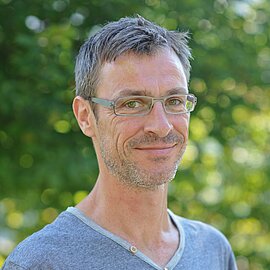
The Kulunda Steppe is a typical example of a conversion region in temperate grasslands. From 1954 to 1963, approximately 420,000 km² of the steppe area was converted into large-scale intensive agriculture.
The large-scale intensive farming of the Kulunda steppe in recent decades proved to be inadequate regarding its regional environmental heterogeneities. The consequence is widespread soil degradation caused by erosion, decreased top soils and humus content, and thus a decreased concentration of sequestered carbon. Moreover, the groundwater and nutrient regime is unfavorably affected, fertility is declining, and a decreased yield of crops is the result.
KULUNDA aims at guiding the ongoing transformation process towards more sustainable land management practices. We expect KULUNDA to serve as a model for other converted areas of the Eurasian steppe region.
Project partners
- Consortium Leader: Prof. Dr. Dr. h.c. Manfred Frühauf (Martin Luther University Halle-Wittenberg, Faculty of Natural Sciences III, Department of Geosciences and Geography)
- Altai State University, Russian Federation
- Altai State Agricultural University (ASAU), Russian Federation
- Helmholtz Centre for Environmental Research - UFZ, Germany
- Leibniz Institute for Regional Geography, Germany
- Potsdam Institute for Climate Impact Research (PIK), Germany
- Leibniz Universität Hannover, Germany
- Friedrich Schiller University Jena, Germany
- Senckenberg Gesellschaft für Naturforschung (SGN), Germany
- AMAZONEN-Werke H. Dreyer GmbH & Co. KG, Germany
- Georg August University Goettingen, Germany
Support
Contact

Prof. Dr. Daniel Müller
Deputy Head of Department Structural Change,
Ombudsperson for Good Scientific Practice
Room: 239
Project Staff
Dr. Zhanli Sun
go to profile
Prof. Dr. Daniel Müller
go to profile
Prof. Dr. Alexander Prischchepov
Dr. Ilkay Unay-Gailhard
go to profile
